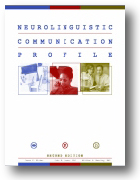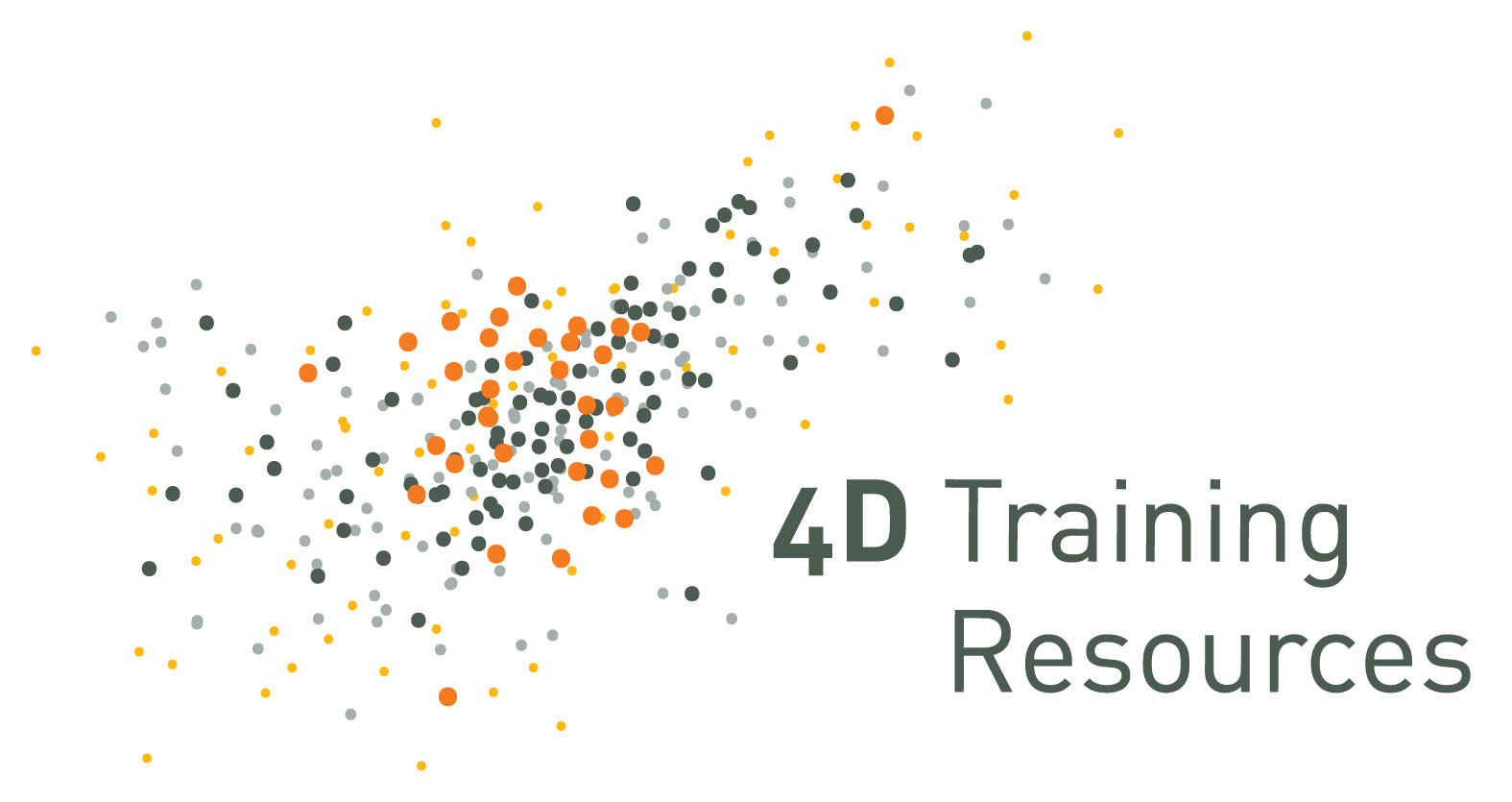Neurolinguistic Communication Profile

The Neurolinguistic Communication Profile is an NLP communication assessment that improves interpersonal skills and identifies a preference toward auditory, visual, or kinesthetic sensory channels used to filter and communication information.
By analyzing communication preferences, individuals are able to determine the relative strengths and weaknesses of their own communication styles and therefore develop strategies to increase flexibility and build rapport with others.
Learning Outcomes
-
Identify personal communication preference
-
Recognize communication preferences of others
-
Communicate more effectively with others who have different communication preferences
-
Discover how to increase productivity, motivation, and the accurate exchange of information
-
Gain flexibility in striving to match another person’s communication style
Theory and Development
The Neurolinguistic Communication Profile helps individuals discover and be consciously aware of the ways of communicating and dealing with information. Knowing this preference enables individuals to learn how to adjust behavior to match or fit another person’s preferred modes.
The model of neurolinguistic communication in the NCP identifies preferences along three dimensions:
Preferred Sensory Modality
Preferred Thinking Style
Preferred Mode of Expression
Uses for the Assessment
How It Works
What to Order
The Neurolinguistic Communication Profile is available in both Online and Print Versions.
The Print Version is ideal for facilitators who prefer to oversee scoring and administration of the assessment, if you don’t know who the participants will be before the class begins, or if your learners do not have easy access to computers. Includes pressure-sensitive forms for scoring to aid manual tabulation. The accompanying Participant Guide includes interpretive information, worksheets, and action planning.
Initial Rollout
Order 1 Facilitator Guide per trainer and either 1 Print Participant Guide or 1 Online Assessment for each individual learner. The Starter Kit is a great way to begin your rollout and includes a Facilitator Guide and 5 Participant Guides. Additional Participant Guides or Online Assessment credits may be purchased separately. Purchasing all of the participant materials you need at one time may qualify you for quantity discounts that can save you money and simplify ordering.
Related Assessments and Workshops
Interpersonal and Communication Skills > Course 2015 - Influencing with Assertive Communication
Interpersonal and Communication Skills > Course 2016 - Building the Communication Bridge
Interpersonal and Communication Skills > Course 2017 - What's My Communication Style?
Interpersonal and Communication Skills > Course 2018 - Interpersonal Influence
Interpersonal and Communication Skills > Course 2019 - Learning to Listen
Interpersonal and Communication Skills > Course 2021 - Presentation Skills Profile
Interpersonal and Communication Skills > Course 2022 - Emotional Intelligence Skills Assessment
Related Reproducible Training Library Titles
Interpersonal and Communication Skills > Course 2050 - Communication Skills for Emerging Leaders
Interpersonal and Communication Skills > Course 2051 - The Art and Science of Communication
Interpersonal and Communication Skills > Course 2052 - Communication Skills for Tech Professionals
Interpersonal and Communication Skills > Course 2053 - The Art of Effective Communication
Interpersonal and Communication Skills > Course 2054 - Fundamentals of Effective Facilitation
Interpersonal and Communication Skills > Course 2055 - The Art of Influencing Others
Interpersonal and Communication Skills > Course 2056 - Giving and Receiving Feedback
Interpersonal and Communication Skills > Course 2057 - The Communication Mystery: Solved Interpersonal and Communication Skills > Course 2058 - Supervisor Communication Skills
These programs come ready-to-deliver and include a Facilitator's Guide, Participant Guide and PowerPoint presentation or register for an in-house session.

